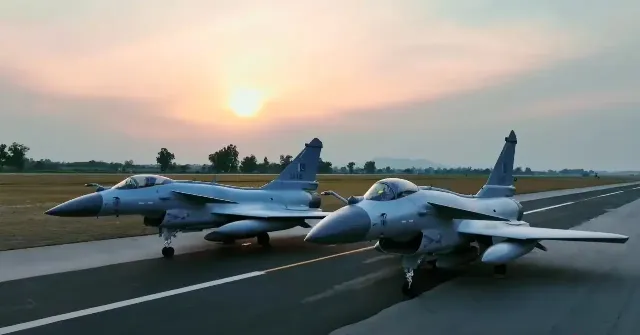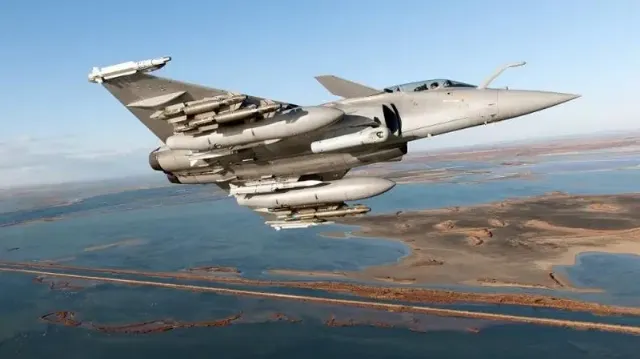On the night of May 6-7, 2025, India, in response to the intensification of terrorists, attacked numerous targets in the border areas of Pakistan, which led to the largest air battle in modern history. Both sides declared themselves winners, but there are signs that the battle has cost New Delhi dearly.
- The details of the battle were revealed by the Pakistani military.
The Indian Operation Sindoor, which aimed to attack terrorist bases, was probably intended as a show of force against Pakistan and involved the most trained units. They were armed with Rafale fighters with SCALP cruise missiles and Hammer gliding bombs, as well as possibly Su-30MKI with BrahMos missiles. Apparently, the operation also involved AWACS aircraft ERJ-145 or A-50E.
The attack was carried out from its own territory, which was supposed to reduce the risks to aviation. However, the Pakistanis turned out to be ready for such a scenario. In response to the appearance of Indian planes, they managed to lift their vehicles into the air in time, which managed to inflict some damage to the enemy.
The Pakistani military has officially stated that they managed to shoot down at least 5 Indian Air Force aircraft during the battle. According to sources, these include three Rafales, as well as one Mig-29 and Su-30MKI each (as evidenced by the photo of the K-36DM ejection seat). Thus, the largest losses were suffered by fighters of French origin, 36 copies of which were purchased in 2016. Just a week ago, 26 units in the deck version (Rafale M) were also purchased.
The Rafale, being the most modern aircraft in service with the Indian Air Force, was considered by the command to be the best combat aircraft. The possibility of purchasing 114 more sides of this model was considered. However, it is now unclear how the fate of the potential deal will turn out.
 J-10CE Pakistan Air Force
J-10CE Pakistan Air ForceApparently, the Indian aviation was opposed by single–engine fighters - the JF-17 Thunder, which has long been in service with Islamabad and the J-10CE, which was purchased from China in 2021 (in the amount of 25 units). The latter are part of an elite Air Force unit, similar to the Rafale in India. They are capable of using Chinese PL-15 long-range airborne missiles with a flight range of up to 200 km. It is likely that they were supported by Chinese or Swedish-made AWACS aircraft and IL-78 tankers.
Like the Indians, the Pakistanis were in their country's airspace, from where they attacked enemy aircraft. Thus, the opponents were located at a distance of 100-200 km from each other.
- said the Minister of Defense of Pakistan Khawaja Asif.
The Pakistan Air Force is considered to be very well trained and the most organized among all Islamic countries. However, it should be recognized that Islamabad expected an attack from the enemy, New Delhi even announced this beforehand. Therefore, the Air Force simply had to be ready to repel the attack.
For example, the JF-17 and J-10CE, receiving information from AWACS aircraft, could wait for the enemy at low altitude, near the ground, while the Indians reached the launch stage of cruise missiles.
However, in any case, this large-scale battle has shown that the Rafale is far from an impeccable machine, and Chinese aircraft and missiles are capable of effective interception.

